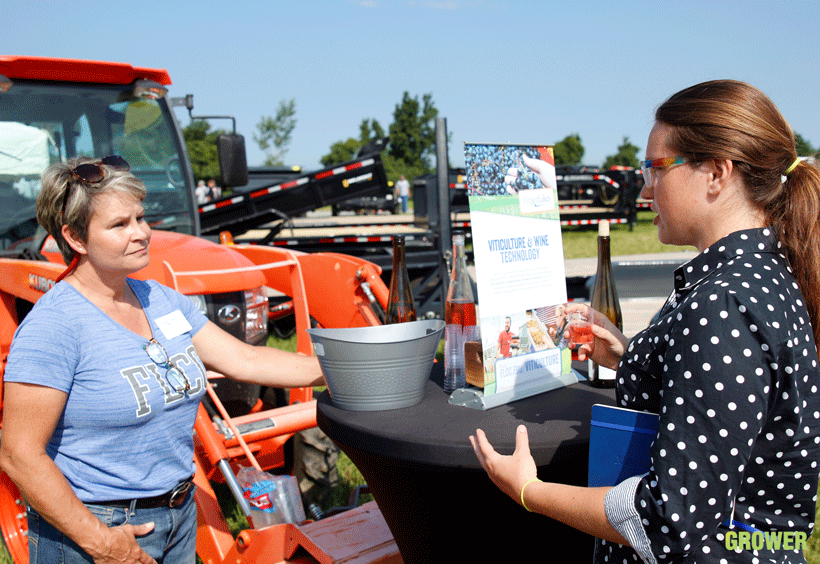“Media coverage can bring significant attention and credibility to your farm, but it requires understanding what makes a story interesting, how to pitch it and how to maintain positive relationships with journalists,” said Molly McManus, agritourism and marketing coordinator at CCE Broome in New York.
What makes an agritourism story newsworthy?
According to McManus, journalists are looking for stories that matter to their audience. A story becomes newsworthy when it connects to something timely and relevant such as the autumn apple harvest, a local festival or a national trend, such as farm-to-table dining. Pitching a pumpkin festival in summer, on the other hand, holds little appeal.
Journalists are also more likely to pick up stories that highlight human interests such as a family farm legacy or unique visitor experiences.
What’s the best way to pitch a story?
Email addresses for most newsrooms and TV stations are located on their websites. McManus recommends keeping a spreadsheet of contacts.
“When reaching out to the media, less is more. Keep your pitch concise,” said McManus. It’s also important to do your homework and tailor the message to the specific outlet and their audience.
The ideal pitch explains the story, why it matters and who it appeals to. It should also include a link to the farm or event and a visual aid to help make the story pop. Always include a clear call to action, like inviting the journalist to the farm or offering an interview.
Here is a sample of a concise email pitch that McManus shared. Note the clear call to action:
Subject: Heirloom apple picking experience
Body: Dear (Journalist),
As apple season approaches, (enter orchard name and location) invites the public to experience a unique U-pick opportunity centered on heirloom apple varieties. Unlike standard orchard offerings, we cultivate and make available to the public historic cultivars such as Esopus Spitzenburg, Golden Russet and Jonathan – apples known for their distinctive flavors, culinary value and historical significance.
Our orchard is committed to preserving apple biodiversity and offering visitors an educational and flavorful alternative to the typical fall apple picking experience. The U-pick experience at our orchard allows guests to harvest apples that are rarely found in conventional markets.
We welcome the opportunity to host you for a visit or provide an interview about the significance of heirloom apple preservation and the growing interest in heritage food experiences.
Thank you for your consideration.
At the end of the email, include all the relevant contact information including links to the farm’s website and social media accounts.

Building relationships with the local press – like Country Folks Grower Editor-in-Chief Courtney Llewellyn (right) – is an important avenue for promoting your farm’s events. Photo by Gabbie Albrecht
How do I get someone to actually cover my story?
“Media relationships are just like any other. They’re built on trust. Don’t wait until you need a story published,” McManus said.
She encouraged periodic check-ins with press contacts and to offer yourself as a resource. Reporters often need quotes or data, and they’re more likely to cover your farm in the future if you’re able to help them quickly and reliably. Another way to build rapport is to invite them to the farm.
“Always follow up with thanks or updates to help keep you top of mind with them … Over time, you become a go-to source, increasing your chances of positive coverage,” McManus said.
Why shouldn’t I just use social media?
While social media is an important piece of the marketing puzzle, social media algorithms can change overnight. “If that’s your only outreach, you risk becoming invisible,” she said. Additionally, not everyone is on social media.
By not taking advantage of local news outlets, you limit your visibility and accessibility. This is especially true for older audiences or tourists who rely on traditional search engines.
by Sonja Heyck-Merlin

